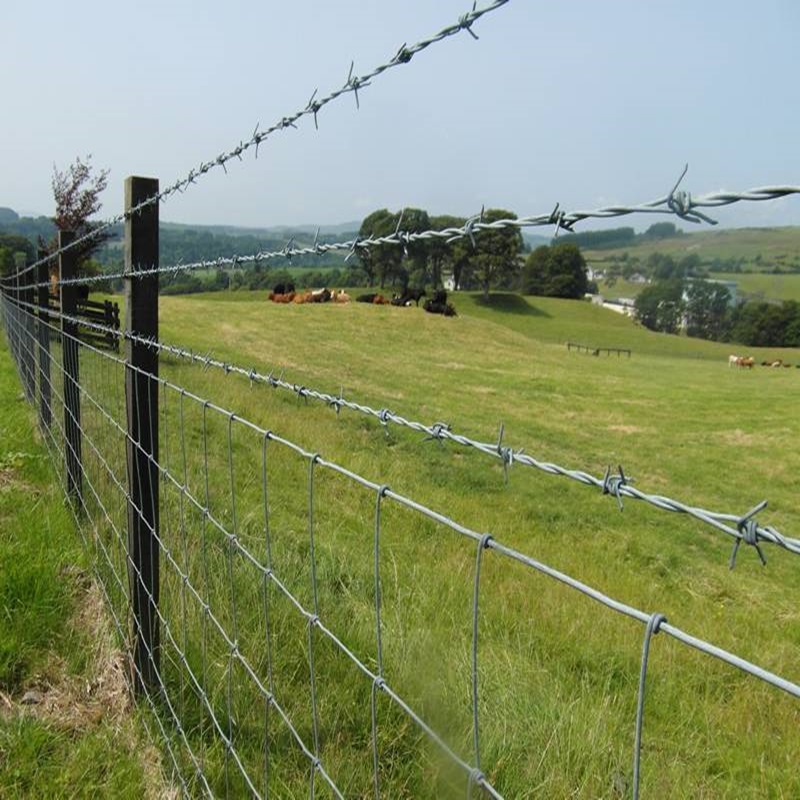Nov . 25, 2024 21:00 Back to list
Hexagonal Wire Mesh Production Facilities and Their Key Advantages
The Importance of Hexagonal Wire Netting Factories
Hexagonal wire netting, commonly known as chicken wire or hex mesh, is a versatile product widely used across various industries. Its unique hexagonal shape provides strength, flexibility, and durability, making it an essential material in construction, agriculture, gardening, and even architectural design. As the demand for these mesh products grows, the role of hexagonal wire netting factories becomes increasingly significant in meeting the diverse needs of consumers.
Understanding Hexagonal Wire Netting
Hexagonal wire netting is crafted from thin, flexible wire that is woven into a hexagonal pattern. The materials used can vary, including low carbon steel, stainless steel, or plastic-coated wire. This type of netting offers numerous benefits, such as resistance to rust and corrosion when galvanized, excellent breathability for agricultural use, and the ability to withstand extreme weather conditions.
The primary application of hexagonal wire netting is in fencing and enclosures. It acts as an effective barrier against pests, providing a protective environment for gardens, farms, and livestock. Additionally, it is commonly used in construction for reinforcing walls, ceilings, and floors, making it an essential component in various architectural projects.
The Role of Factories in Production
Hexagonal wire netting factories are at the heart of this industry, responsible for the design, manufacturing, and distribution of wire mesh products. The production process involves several stages, including wire drawing, weaving, and coating.
1. Wire Drawing This initial step involves reducing the diameter of wire rods to the desired thickness. High-quality wire is crucial for producing durable and resilient netting.
2. Weaving Once the wire is prepared, it is woven into a hexagonal pattern using specialized machines. This process requires precision and expertise to ensure the uniformity of the mesh, vital for its strength and functionality.
3. Coating To enhance the longevity and durability of the netting, it is often coated with protective materials. Galvanization is a common method used to protect against rust and oxidation. Factories may also apply plastic coatings for additional weather resistance.
hexagonal wire netting factories

The factories also focus on maintaining strict quality control standards to ensure their products meet industry regulations and customer expectations. This attention to detail not only boosts customer satisfaction but also enhances the factory's reputation in a competitive market.
Innovations and Sustainable Practices
As industries continue to evolve, hexagonal wire netting factories are incorporating innovative technologies to improve efficiency and product quality. Automation in production lines increases output while reducing labor costs, enabling factories to respond quickly to market demands.
Sustainability is also becoming a significant focus within the industry. Modern factories are adopting eco-friendly practices, such as using recyclable materials and reducing waste during the manufacturing process. By prioritizing sustainable production methods, these factories contribute to environmentally responsible practices in construction and agriculture.
Market Demand and Future Prospects
The demand for hexagonal wire netting is steadily rising, driven by applications in agriculture, landscaping, and residential construction. Factors such as urbanization, population growth, and increased awareness of sustainable farming practices are expected to further accelerate this trend. In response, factories are ramping up production capacities, expanding their product lines, and exploring new markets.
Additionally, the global market is becoming increasingly interconnected, leading to opportunities for hexagonal wire netting factories to export their products internationally. By establishing strong distribution networks and forming partnerships with global suppliers, these factories can enhance their international presence and profitability.
Conclusion
Hexagonal wire netting factories play a crucial role in meeting the demands of various industries. With advancements in production techniques, a focus on sustainability, and a growing market, these factories are well-positioned for future growth. As they continue to innovate and adapt to changing consumer needs, hexagonal wire netting will remain an indispensable component in construction, agriculture, and beyond.
-
358 Anti Climb Welded Wire Mesh Fence - Secure Perimeter Defense
NewsAug.02,2025
-
Durable Hot-Dip Galvanized Farm Field Wire Fence | Farm Security
NewsAug.01,2025
-
Temporary Fencing Solutions-Anping County Xingzhi Metal Wiremesh Products Co.,Ltd
NewsJul.31,2025
-
Hop Dipped Galvanized / PVC Coated Temporary Fence - Anping County Xingzhi Metal Wiremesh Products Co., Ltd.|Durable Temporary Fencing&Cost-Effective Security Solutions
NewsJul.31,2025
-
Hop Dipped Galvanized / PVC Coated Temporary Fence-Anping County Xingzhi Metal Wiremesh Products Co., Ltd|durable temporary fencing&corrosion-resistant solutions
NewsJul.31,2025
-
Temporary Fencing Solutions - Anping County Xingzhi Metal | Galvanized PVC Coated Fences
NewsJul.31,2025



